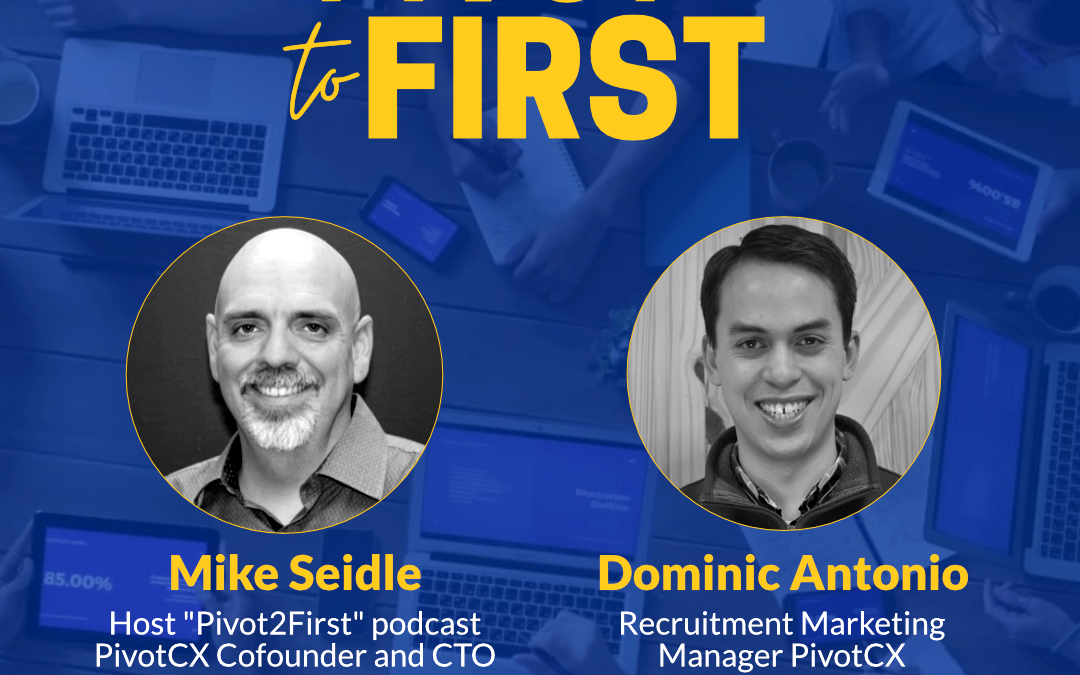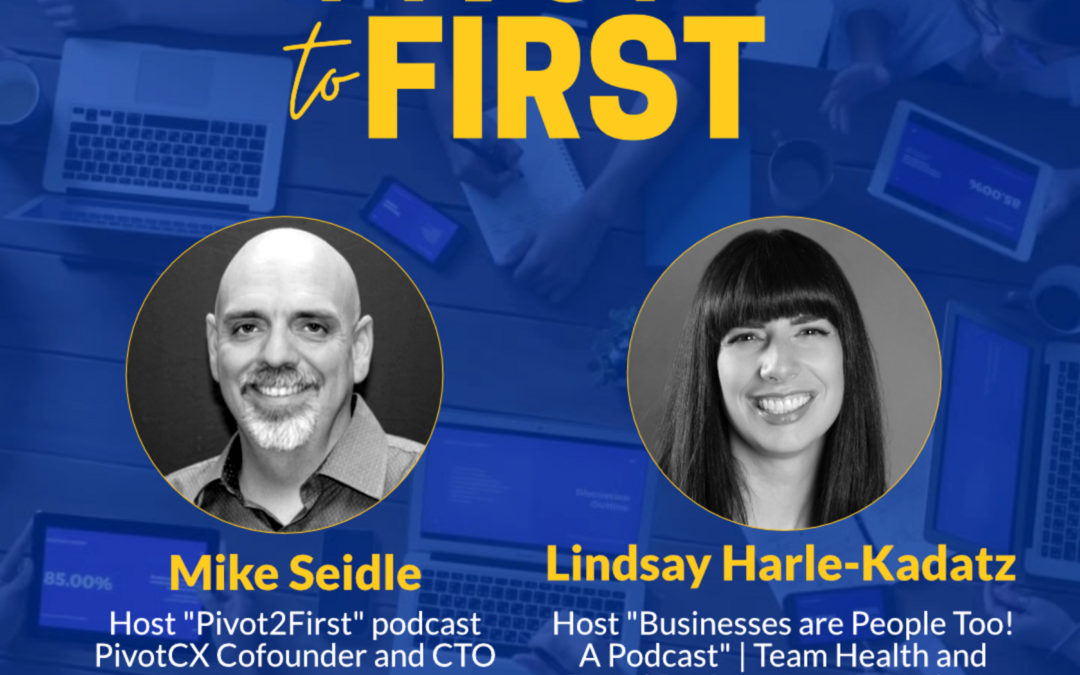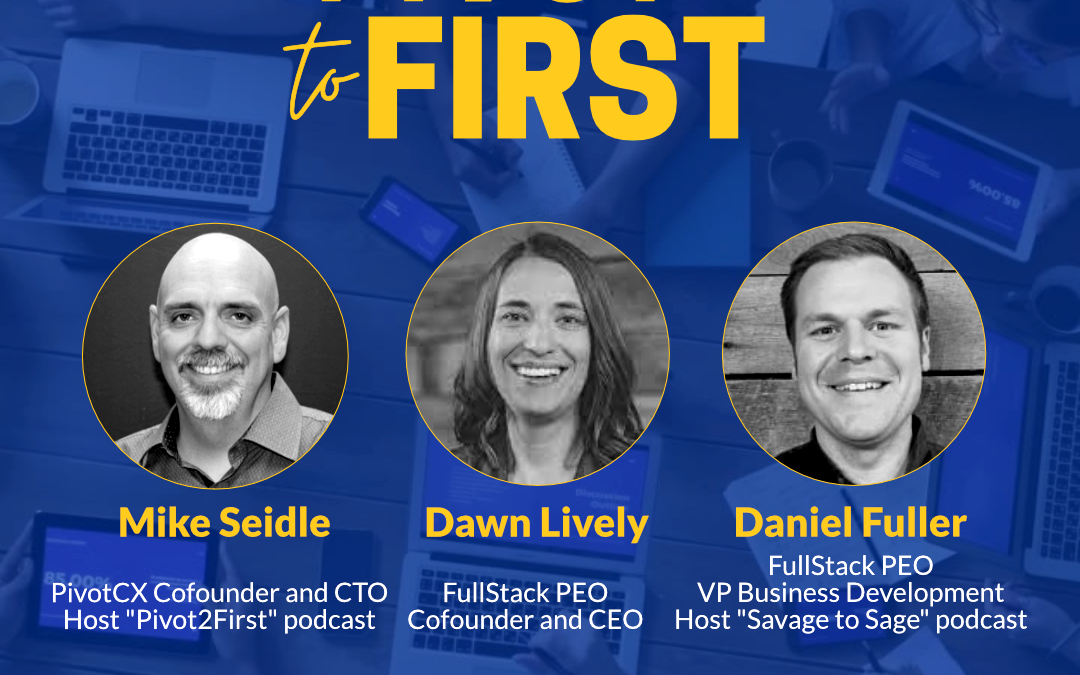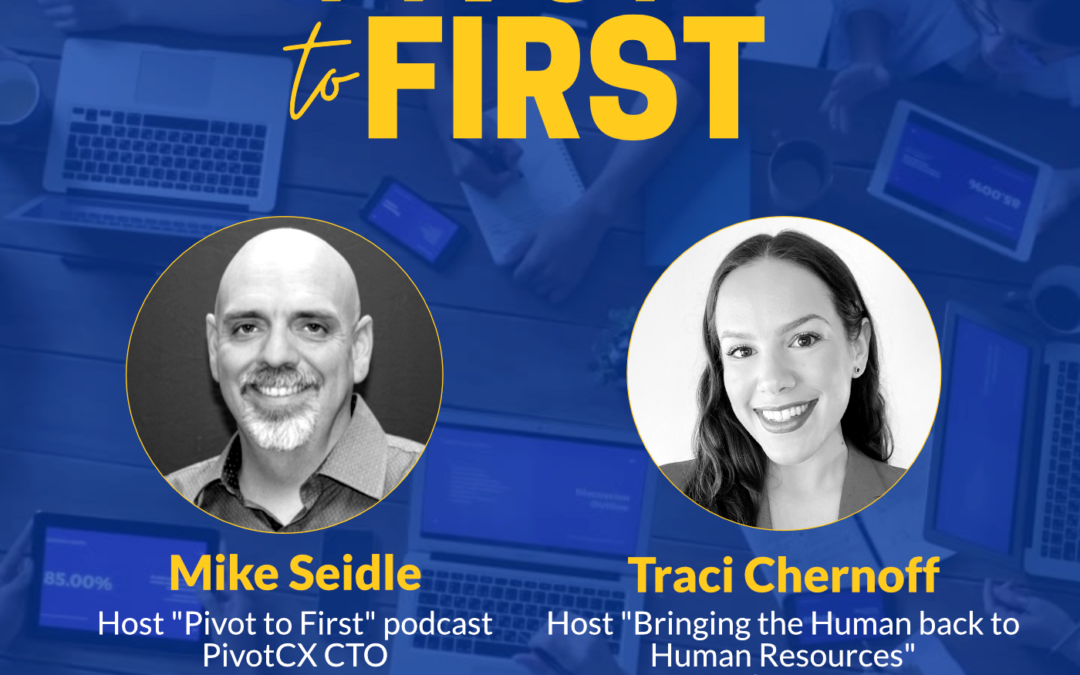
Pivot2First: Indeed Advertising with Dominic Antonio
There is much low-hanging fruit in the world of recruitment advertising that every recruiter can adopt to improve their hiring practices.
Is there a difference between a job description and a job ad?
Job descriptions are not job ads and job ads are not job descriptions. Descriptions are straightforward. They show the functions of the job, requirements and what the “perfect” candidate looks like. However, it doesn’t do anything to attract candidates. On the other hand, a job ad sells candidates. In a way, you have to have a marketing mentality in recruiting. In this hyper-competitive, candidate-market, job ads are more important than ever. If your ad fails to sell the candidate on the opportunity, get them to click it and apply, it doesn’t matter where you place the ad or how much money you spend, you’ll lose the vast majority of great candidates
Job ads have 2 audiences: The job seeker (we’re trying to get them to click on the job post and apply) and the job board search engine (we want the search engine to index the ad and show it to as many job applicants as possible).
Indeed Spend
How do I know how much I should spend on Indeed?
Start from the end; keep the goal in mind. Too many recruiters think they have a gut feeling about what a budget should be. Take a look at your recruiting funnel and analyze it, from hire to applies.
Hires needed → Qualified Candidates to Interview → Applies → Cost per Apply
How many hires do you want to make? Think about how many people you need to interview to make those hires. How many people should apply to get the number of qualified candidates you need to interview? Finally, Indeed doesn’t sell you applies, they sell you clicks. How many clicks do you need to get a certain number of people to apply?
How do you find out what you are spending on indeed today?
Get in touch with Indeed, whoever is your account manager, and see who is spending what across all your accounts. Go over the past 3-6 months: see how much you’ve spent and how many candidates you’ve received.
How do I get control of managers posting jobs without going through the company account?
The problem with posting jobs on your own, is the lack of accountability for budgets and candidates. We’ve seen clients where different locations use separate credit cards and accounts. It’s easy to lose track of how many candidates they’re receiving and the amount of money they’re spending.
Having a recruiting agency working with Indeed on behalf of clients allows the client to gain an inside scoop on what the going bid price is, what the competitive bids are, make accurate spending budget calculations instead of going by what is comfortable, which is usually either way too low or too high. This insight allows clients to be realistic about the real cost of advertising on a job board.
What do people not understand about Indeed?
CPA vs CPC. PCA or cost per apply, and CPC, cost per click. Indeed only lets you bid on clicks but the actual apply number shows how effective your job ads are. Ads are bid on a CPC basis, but the CPA is what you, as a recruiter, should worry about because it will tell you how effective your budget is.
Sponsored ads – show higher on the feed. More budget allows for higher bids. If you’re bidding above $200-$300 then you simply don’t have a job market.
Indeed Myths
Organic ads… where do they work?
Organic is free traffic, so always make sure you have organic going.
Don’t duplicate jobs or you will lose organic traffic; there can only be one source of truth on Indeed, but they will always take your money for sponsored ads.
Refreshing jobs… myth or not?
Don’t do that if you’re sponsoring positions. It takes time for jobs to find their CPC bid and budgets to work themselves out. If you refresh jobs, you’re losing data that the job has been working to build up. Leave sponsored jobs alone but refresh organic jobs about once a month. If you refresh too often, Indeed’s quality team will flag those jobs and they might not get as much traffic.
Job Salaries
“If I don’t put a salary on a job, the candidate won’t have expectations and it’ll be easier on recruiting.”
The truth is that Indeed has an incentive to put a salary because it increases the click-through rate. If you don’t provide a salary, they’ll provide an estimate since job posts with salaries get 22-28% more clicks.
There’ll always be employers that pay more and those that pay less than the competition, you can always use a pay range even though it might be skewed to one end or the other.
Reverse-Searching Jobs
Every instance you look at your own positions, Indeed believes you’re job seekers thinking about applying for the job. Since you’re constantly visiting the job post but not applying to it, Indeed may assume it’s a bad job and work to not show it as often in the future.
Pro-Tip: If you want to look at the jobs for a company, instead of using the normal search bar, go to Company Reviews at the top, look for your company, and go to your company page. There you can take a look at a full list of your job openings and see which ones are getting organic visibility.
You can also look for jobs in an incognito tab and type what the candidate traffic is like in a certain city or what job titles competitors are using.
Indeed (Native) Apply vs ATS Career Apply
Native apply will get a candidate into your funnel fastest. Job seekers don’t have to create separate accounts for each company they want to apply to, as they would if they applied from a company’s career website.
You, as the employer, have every incentive to use Indeed Native Apply because you’ll get more people. You can expect to get about 23% more candidates if you use native apply.
Another consideration is that 70-72% of applications are completed on mobile phones. Most ATS career sites are not known for being mobile-friendly and that can discourage a lot of people from completing an application. A better tactic is to use Native Apply to get them in the door, screen them and then invite them to complete the ATS application.
Job Post Content, What really matters in my job posts?
- Keywords always help. If you’re with an agency, ask for a market report for your jobs and that will include a keyword report with the most search terms.
- One trick is to add job titles from jobs that people could transition from easily into the job body.
- Change up your job titles to use what other competitors are using. For example, we changed one job from “Electrical Instrument Assembler” to “Electrical Manufacturing Technician.”
- Keep descriptions short and make sure the first paragraph is clear. A Job Description is NOT a job ad.
- Salaries in the ad… do it or not? YES
Time to Hire
The company’s timing to make a hire is not the same as a candidate’s timing.
Whereas a candidate might be looking to get a job within a week or a month, according to a new Talroo report, the average time to fill an entry level position is around 44 days. Candidates, however, are not waiting 44 days to get hired.
The job market will continue to be hyper-competitive and 44 days to hire is not sustainable. While the average cost per hire is $670, that doesn’t seem to account for the opportunity cost of being short-staffed and missing orders, job advertising, or staff-hours spent interviewing. On the other hand, 90% of candidates take the first job they are offered. How do you win in recruiting? You learn to go fast, reduce friction and streamline the hiring funnel so you can pick first.
Learn More
Dominic Antonio
Dominic is PivotCX’s Recruiting Marketing Manager. He has been a core part of the team for 6 years.
He’s skilled in digital ad buys, technical recruiting, content marketing, email marketing, website management, CRM management, social media, ad copy writing.
Favorite Books:
- Business book: Stephen Covey’s 7 Habits of Highly Effective People
- Fiction book: John Steinbeck’s East of Eden
Favorite Movie: Lord of the Rings Trilogy
Anything else you’d like to share with the audience? Good recruiting is relational, not transactional; it’s a conversation.
Mike and PivotCX:
Mike’s LinkedIn: https://www.linkedin.com/in/indymike/
Pivot2First Podcast: https://pivot2first.com/
PivotCX: https://pivotcx.io





